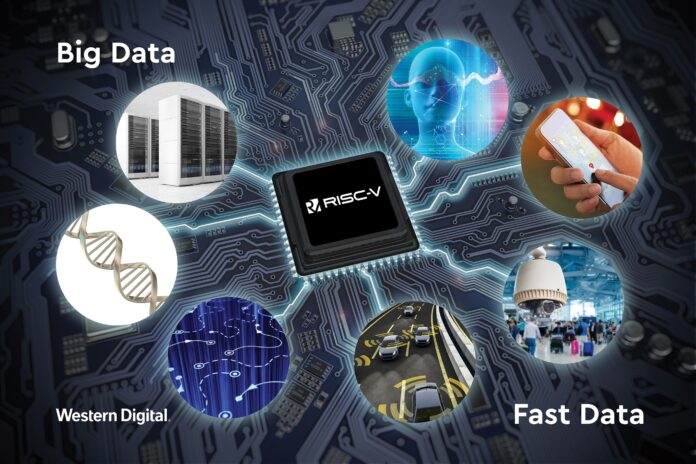Before joining a company for anyone, the HR is the one who does the final interviews and gives the offer letter to the selected candidates but the role of HR is understood more after being part of the company. The induction, managerial issues, and payroll concerns are all managed and done by HR. He happens to be the one for annual performance and increments. Technological advancements are seen and accepted more now. Earlier, HRs was facilitated only printers to print only confidential information and were provided only with limited no. of computers. This was so, as it was believed that the expenses were a huge investment.
Later, the importance of HR and technology was accepted and progress began which would increase the value of a business. Today, HRs have more importance to take decisions relating to technology. The function of HR has become transformational from transactional. Many activities like administrative functions, payroll management, and time management are all technologically done which has brought in an overall shift in employees’ engagement, productivity, and talent development.
HR technologies that fit into the whole framework have greatly advanced, providing HR with more insights to use data analytics not just for its staff, but also a much broader network of people that can help attract the right talent pool.
Many analytical tools like SAP, Oracle, etc. helps in various other processes like hiring, succession planning is done cost-effectively and has helped to retain employees as well. The recent pandemic crisis has enhanced the role of HR even more. They are now capable of evaluating employees and monitoring their performances to increase productivity and reducing the gap.
Collabera also adopted some of these practices like work from home for employees at all levels, they also united the HR, IT, and business teams to decide on which tools shall be adopted for a smooth transition. HR stands proactively and their efforts have a greater impact on the success of the organization along with employees’ safety, privacy, and satisfaction.

